You probably can get the best quality infrared images from older or new infrared converted DSLR. To use a newer DSLR would be much easier because they have Live View function which gives perfect focus every time (no guessing).
On the other hand, we can re-calibrate most of the infrared converted DSLRs to focus correctly on 50mm focal length. Why is that?
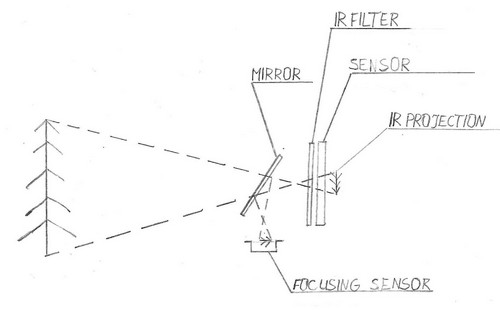
Contents
Download Our Infrared Photography Guide
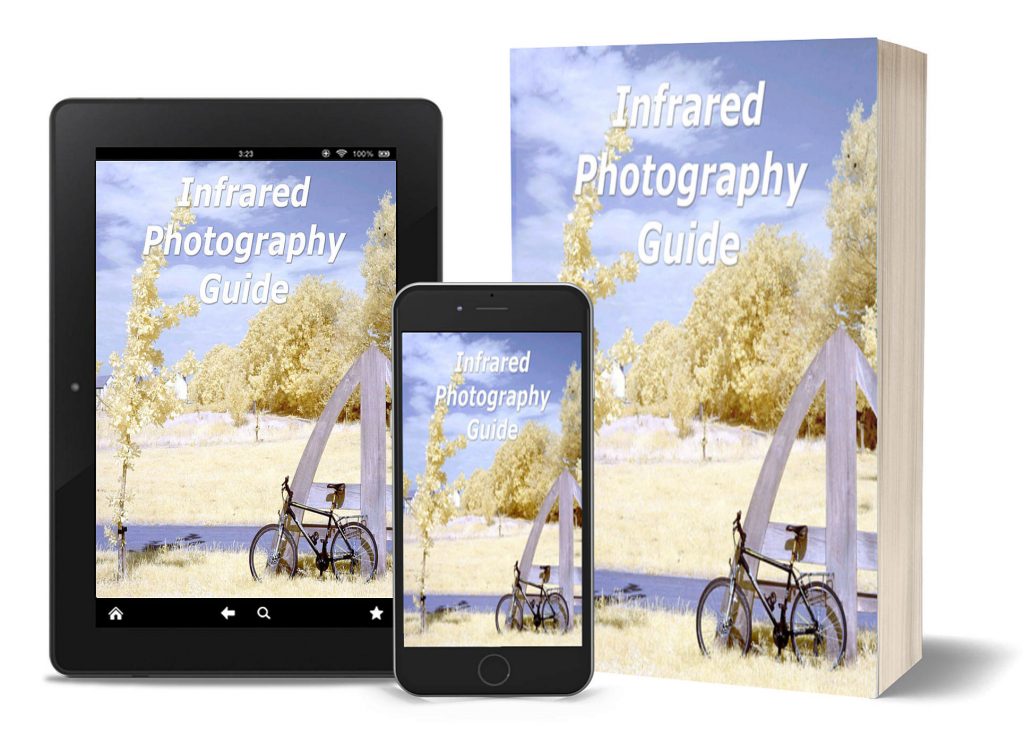
- How to take infrared pictures with a digital camera
- What are infrared filters available
- How to process infrared images
- How to modify a digital camera for infrared photography
- How to modify a digital camera to a full spectrum
The answer is that the infrared light behaves a bit different than the visible light. For example, it will focus the image a bit behind the sensor if we use quick focus feature on DSLR (this is the normal DSLR mode).
As the image above demonstrates, the quick focusing sensor thinks that we use visible light. Though we are using infrared light and the image will be focused a little behind the sensor.
What are we going to do? Well, this is simple, we are going to move the sensor a bit (0.5mm) to the back. Because of that the lens will project infrared image precisely on the sensor.
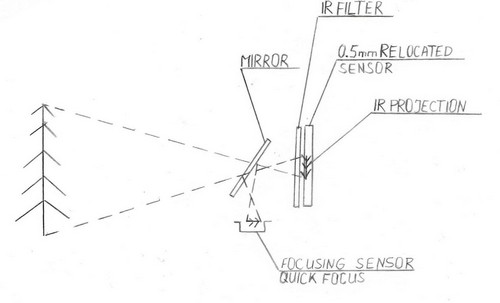
Below is an image from infrared 720nm converted and recalibrated Nikon D70 and 18-70 DX ED lens (black and white).
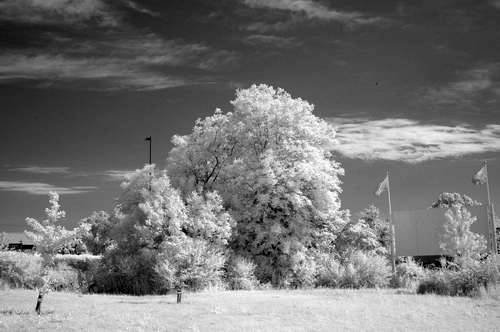
And 680nm converted Nikon D70 below with 18-70 DX ED lens.
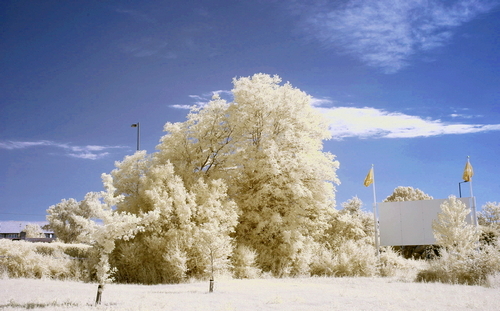
Using Live View Mode
Unfortunately, if we change the focal length of the lens from 50mm to 100mm, the infrared light will not focus on the sensor again.
The answer to these problems is to use Live View mode. In the picture below, it is explained how the Live View mode works.
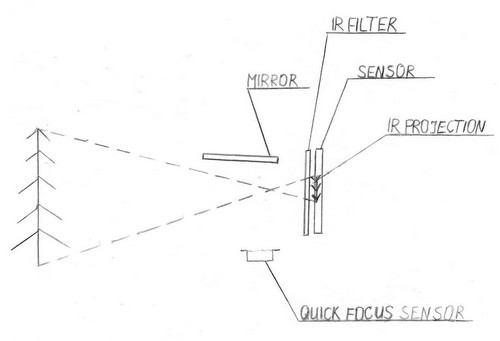
The mirror goes from the way and it does not project light on the quick focusing sensor. The image is projected straight to the sensor through the infrared filter and the camera focuses using contrast detection of the image from this sensor or on other cameras there is embedded phase detection capability (phase detection is integrated into the sensor, Canon names it dual pixel focus).
850nm converted Canon 1100D (18-55 kit lens) with the focus in Live View mode produced image below.
Over-engineering Attempt
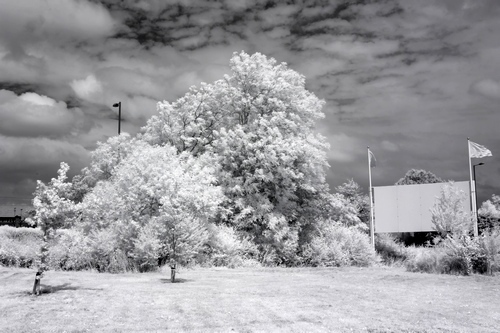
There is one way to get around all the problems with infrared light and quick focus sensors. It simply places the same type infrared filter in the front of the quick focus sensor. It is proven to work; we converted one Canon 40D this way.
One thing to note with this sort of conversion that the sensor needs then to move slightly to the front.
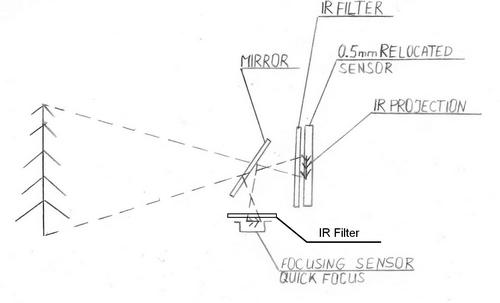
This conversion with two infrared filters is a bit difficult. The difficult part is to fit the small IR filter in the front of the quick sensor. There is not that much space in there.
Taking Pictures With Infrared DSLR Camera of Night Sky
I have used converted to full spectrum DSLR Canon 50D to take pictures of the night sky. The first images I took were to show what kind of image you get straight from the camera. This image is taken with 24 sec F 2.8 ISO 100 exposure and 24mm focal length.
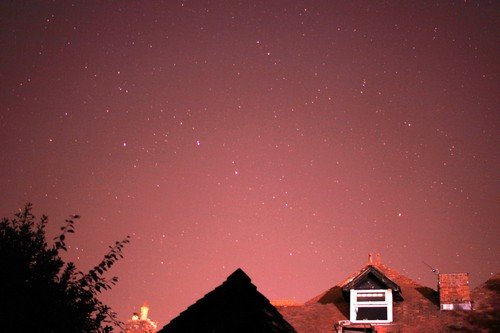
As you can see, it has a red tint which is normal for full spectrum photography, this is how it supposed to be.
I took a few more photos and managed to lover red color presence. We actually want infrared but not overwhelming infrared.
Canon 50mm f1.8 at f1.8.
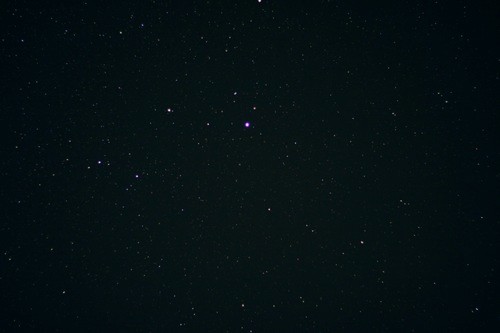
As you can see, the images look better. There is a bit of vignetting but it is fixable in LightRoom. The vignetting here is present because I used the Canon 18-55 kit lens on 18mm focal length to make wide shots.
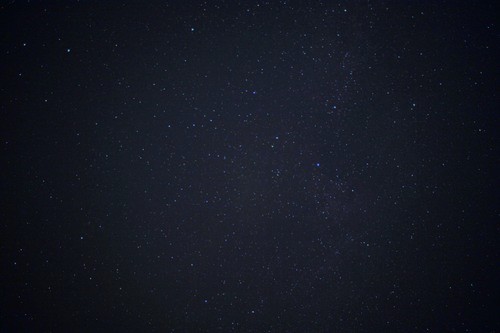
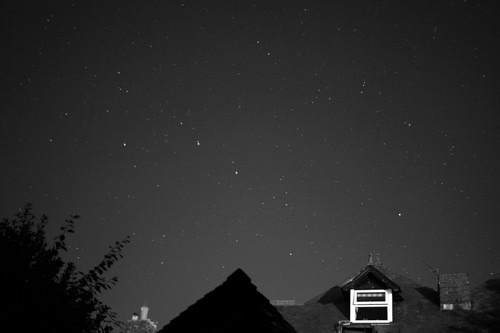
Here are some mind blowing infrared images.
If you do not know which lens is good for infrared here is lens performance list.

 Subscribe to our YouTube channel
Subscribe to our YouTube channel